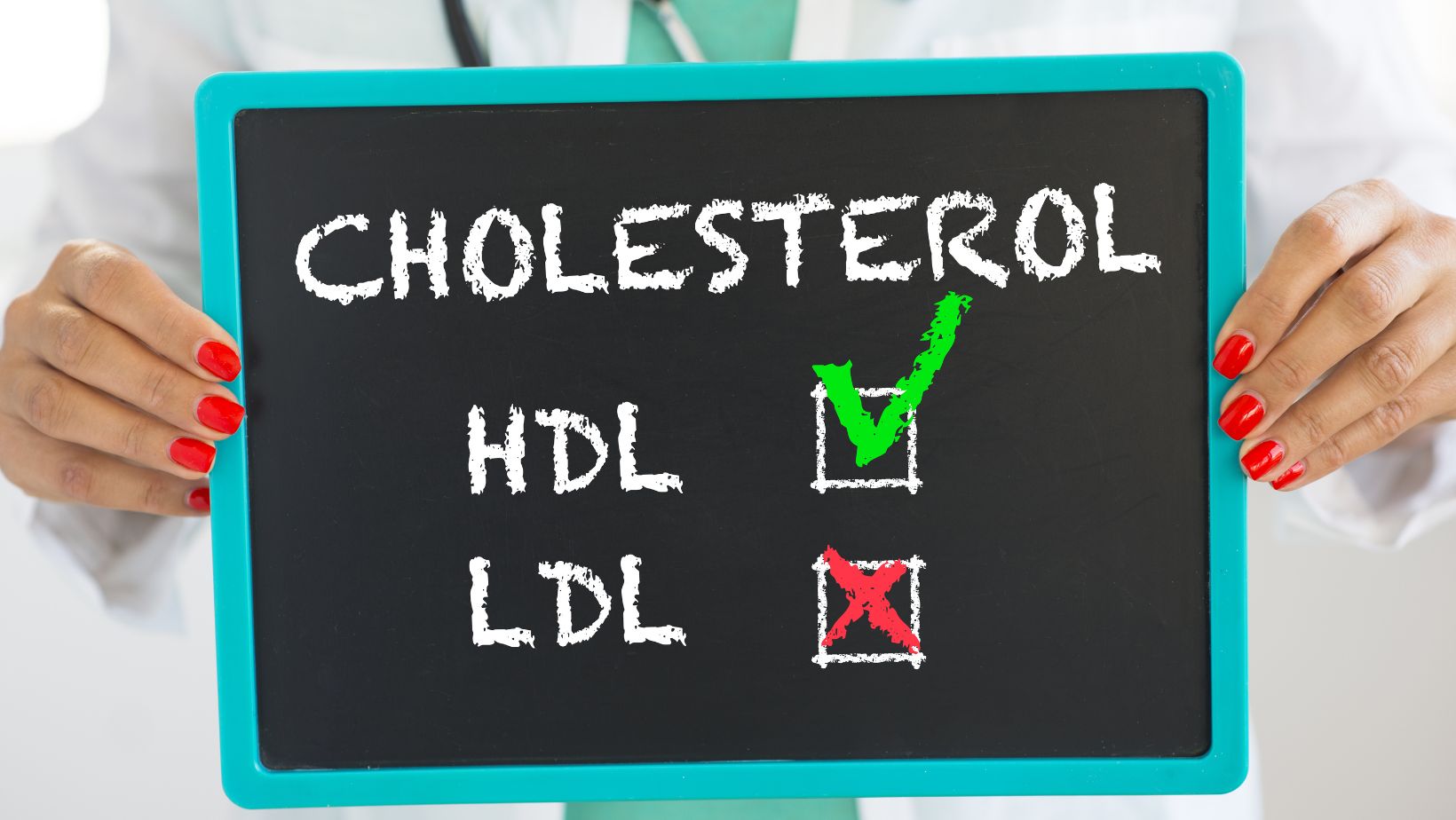
Borderline High Cholesterol: What It Means and How to Manage It
High cholesterol levels are a major risk factor for heart disease, which is the leading cause of death worldwide. While most people are aware of the dangers of high cholesterol, many may not fully understand the implications of having borderline high levels. In this article, we’ll explore what it means to have borderline high cholesterol, its potential risks, and effective strategies for managing it.
Understanding Cholesterol Levels
Cholesterol is a waxy substance produced by the liver and found in certain foods. It plays a crucial role in various bodily functions, such as producing hormones and vitamin D. However, excessive cholesterol levels can lead to plaque buildup in the arteries, increasing the risk of heart disease and stroke.
Cholesterol levels are typically measured through a blood test that evaluates the following components:
- Low-density lipoprotein (LDL) cholesterol, often referred to as “bad” cholesterol, contributes to plaque formation in the arteries.
- High-density lipoprotein (HDL) cholesterol, known as “good” cholesterol, helps remove LDL cholesterol from the arteries.
- Total cholesterol is the sum of LDL, HDL, and other lipid components.
What Is Borderline High Cholesterol?
According to the National Institutes of Health (NIH), borderline high cholesterol levels are defined as:
- Total cholesterol: 200-239 mg/dL
- LDL cholesterol: 130-159 mg/dL
- HDL cholesterol: Below 40 mg/dL (for men) or below 50 mg/dL (for women)
While these levels are not considered high enough to warrant immediate medical intervention, they indicate an increased risk of developing high cholesterol and related health issues if left unaddressed.
Potential Risks of Borderline High Cholesterol
Borderline high cholesterol should not be ignored, as it can lead to various health complications if left untreated. Some potential risks include:
- Atherosclerosis: The buildup of plaque in the arteries can restrict blood flow, increasing the risk of heart disease and stroke.
- Coronary artery disease: Narrowed or blocked arteries that supply blood to the heart can lead to angina (chest pain) or even a heart attack.
- Peripheral artery disease: Peripheral artery disease occurs when plaque accumulates in the arteries that supply blood to the legs and arms. This buildup can lead to symptoms such as leg pain or numbness, particularly during walking or other physical activity.
Managing Borderline High Cholesterol
If you have borderline high cholesterol, it’s essential to take proactive steps to manage and potentially lower your levels. Here are some effective strategies:
Lifestyle Changes
- Diet: Adopt a heart-healthy diet rich in fruits, vegetables, whole grains, lean proteins, and healthy fats (such as those in nuts, avocados, and olive oil). Limit your intake of saturated and trans fats, which can raise LDL cholesterol levels.
- Exercise: Regular physical activity can boost HDL cholesterol levels and reduce LDL cholesterol levels. Aim to incorporate at least 150 minutes of moderate-intensity exercise or 75 minutes of vigorous-intensity exercise into your weekly routine.
- Weight management: Maintaining a healthy weight can help improve cholesterol levels and reduce the risk of heart disease.
- Smoking cessation: Quitting smoking can significantly improve overall cardiovascular health and reduce the risk of heart disease and stroke.
Medication
If lifestyle changes alone are insufficient to manage borderline high cholesterol, your healthcare provider may recommend medication. One common option is Fluvastatin Sodium, so having more Fluvastatin Sodium Information is crucial before adding it to your treatment regimen. It is a type of statin medication that can help lower LDL cholesterol levels by inhibiting the production of cholesterol in the liver.
It’s important to note that while medications can be effective, they should be used in conjunction with lifestyle changes for optimal results and long-term management of cholesterol levels.
Regular Monitoring and Follow-up
If you have borderline high cholesterol, it’s essential to monitor your levels regularly through blood tests and follow-up with your healthcare provider.
They can assess your progress, adjust your treatment plan if necessary, and provide guidance on maintaining a heart-healthy lifestyle.
Conclusion
Borderline high cholesterol is a condition that should not be overlooked, as it can increase the risk of developing serious health issues if left unmanaged. By adopting a heart-healthy lifestyle, including a balanced diet, regular exercise, and weight management, individuals can lower their cholesterol levels and reduce their risk of cardiovascular disease. If lifestyle changes alone are insufficient, your healthcare provider may recommend medication. Regular monitoring and follow-up are crucial for the effective management of borderline high cholesterol and for maintaining overall cardiovascular health.





















































































